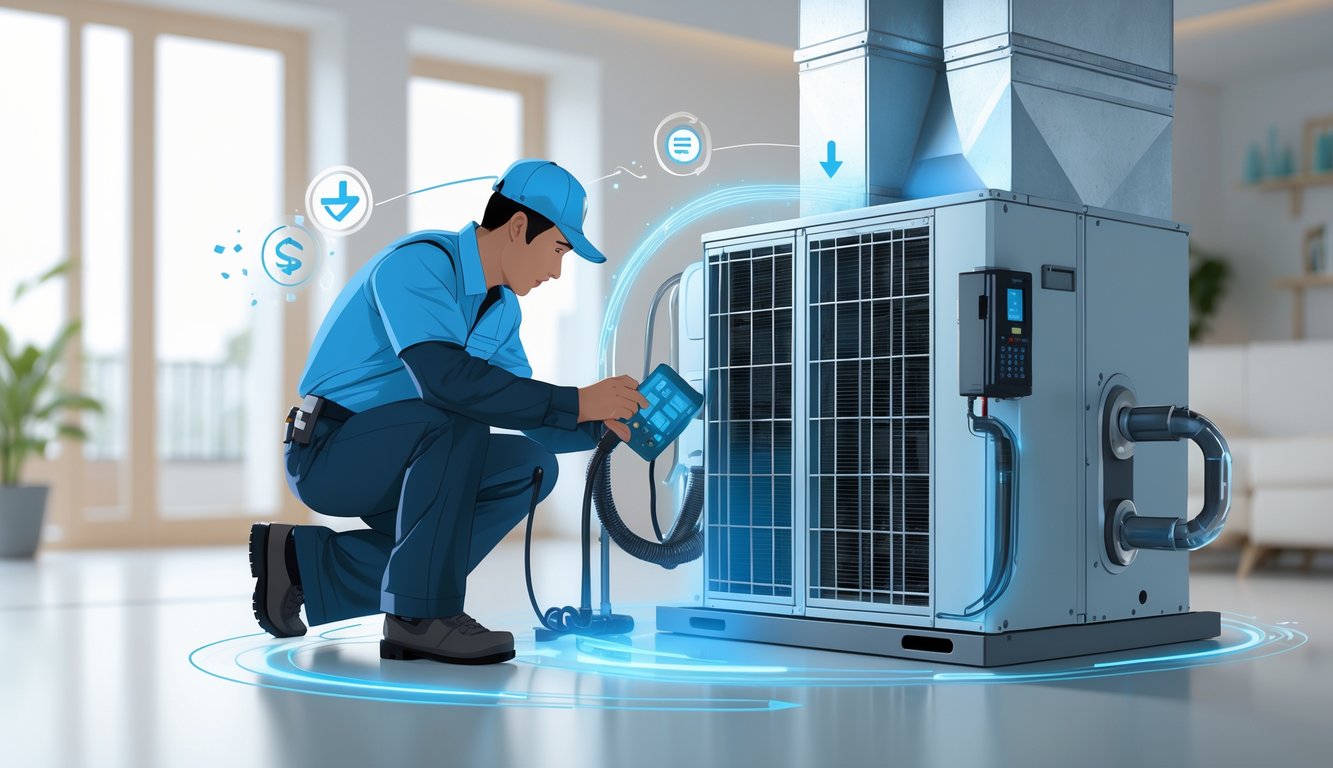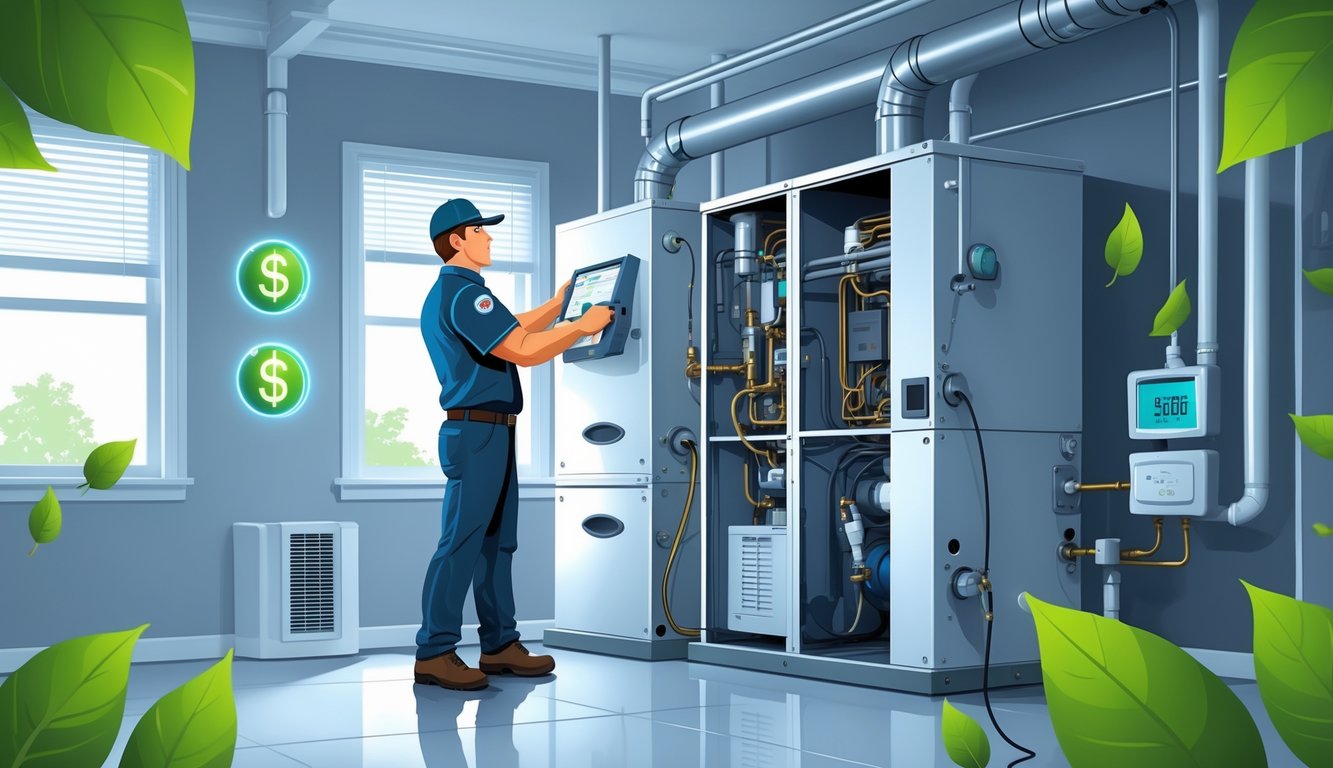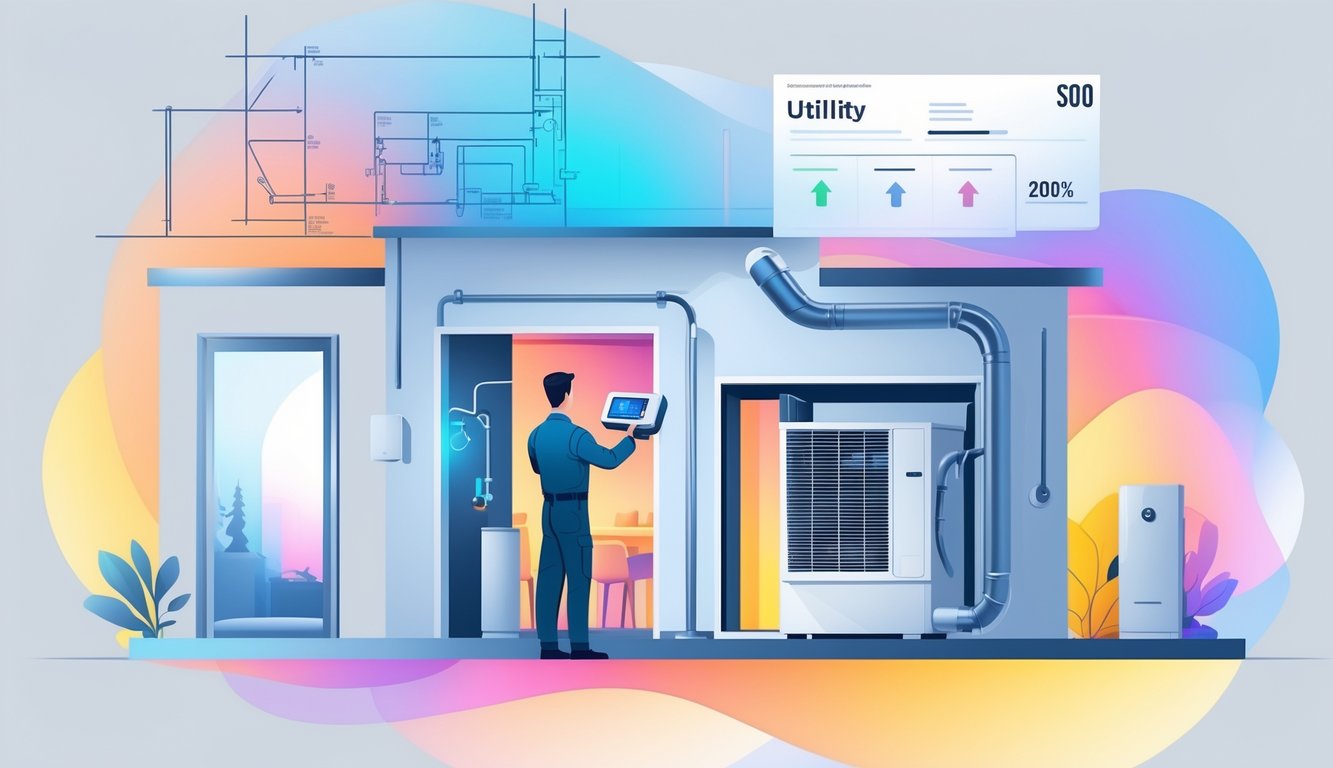
Preventing Costly Repairs and Emergency Breakdowns

Honestly, nobody warns you about the stomach-drop feeling when your AC dies in July and you realize you can’t afford a hotel. Skipping inspections feels harmless—until you’re paying for a new circuit board or, worse, the whole unit. Ask me about the time I thought I could “wait until fall” for maintenance and ended up forking over two grand for a replacement.
Spotting Minor Issues Before They Escalate
Thermostat flickers? Annoying whine? I used to just ignore it all—until last fall, when my compressor croaked and the repair bill nearly made me faint. Routine inspections actually catch this stuff: loose wires, refrigerant leaks, blocked drains. Dana from CoolForce (my go-to now) once yanked a mouse nest out of my outside unit. I wish I was making that up. Nobody ever mentions rodents in the glossy brochures, but apparently, they’re a top reason capacitors fry.
I keep seeing this stat—over 80% of HVAC breakdowns could be avoided if people just did regular checkups. Not kidding, industry folks repeat it like a mantra. Swapping a $15 filter, cleaning the pan, tightening a wire—those tiny fixes have actually saved me hundreds. Ignore the weird noises and you’ll end up sweating through your shirt and emptying your wallet.
Avoiding Expensive Emergency Repairs
Midnight. The AC died. I paid triple for a 15-minute capacitor swap because apparently, “after-hours” means “open your wallet and scream.” Annual maintenance costs $75 to $200 per visit (which, in hindsight, feels almost reasonable). I’ve read multiple studies saying preventative work is way cheaper than emergency repairs. I believe it.
It’s the “I’ll do it later” attitude that gets you. A $300 inspection seems like a luxury until you’re slapped with a $1,600 bill because something blew out in a heatwave. I’ve started bookmarking checklists just so I can double-check what the tech is doing, because every time, they find some “hidden” issue that only pops up when you need the system most.
Honestly, the stress alone is worth the inspection fee. Nothing like shoveling out emergency cash at 2 a.m. while your neighbor’s dog loses its mind at every technician. That’s still less irritating than a total compressor meltdown when it’s 104° outside.
Prolonging Equipment Lifespan
Does anyone actually remember to change their filters on time? I set reminders. I ignore them. The result: dust bunnies annihilating blower motors, not some dramatic lightning strike. Procrastination just kills these systems. Techs always say “maintenance saves money,” and I used to roll my eyes, but after seeing my utility bills spike from skipping a tune-up, I’m convinced.
Routine Maintenance for Long-Term Savings
How is it that tightening a screw or oiling a fan can add years to your HVAC? Meanwhile, I clean my dryer lint trap monthly but forget about the furnace filter for… way too long. I read somewhere that sticking to two checkups a year can save up to 30% on repairs over a decade (industry backs it). A tiny refrigerant leak can quietly destroy the compressor, and you won’t know until it’s too late.
I’ve caught cracked belts and clogged drains just by having a tech poke around. Saved me thousands. If you call a pro before things get weird, you don’t have to crawl under the house with a flashlight. Unless you’re me, because I never learn.
Ways Inspections Help Your System Last Longer
I’ll admit it: I thought annual inspections were a scam. Turns out, trained eyes catch dying relays, rusty boxes, airflow blockages—stuff I’d never see. Units that get regular TLC last five to seven years longer (not just my opinion). Property managers obsess over this.
A friend once told me a simple voltage test during a checkup stopped an attic fire. Nobody’s scrubbing ducts for fun, but making inspections a habit is like checking your tires before a road trip. Why does the condenser always fail at midnight? Because nobody wants to pay triple for after-hours work. If AI ever learns to sniff out refrigerant leaks, I’m out of a job.
The Connection Between HVAC Performance and Comfort

I don’t care how many slippers I buy or which “smart” thermostat I try (Ecobee for me, but my cousin swears by Nest), if the furnace filter looks like a woolly mammoth, I’m sweating at 3 a.m. or freezing by noon. It’s not just me—if the HVAC isn’t running right, the house never feels right. Manufacturers brag about efficiency, but all I want is a living room that’s not an icebox in January.
How Inspections Contribute to Increased Comfort
Confession: my last apartment’s ductwork rattled like a shopping cart, and during the first real inspection, a tech pulled out dust bunnies the size of my cat. No thermostat can fix that. ENERGY STAR says fixing airflow alone can make you feel 10% more comfortable. I believe it.
Most people don’t even think about their HVAC until it’s making weird noises or won’t turn on. Inspections do more than keep it alive—they make it actually work. Techs calibrate blowers, patch up leaky ducts (who knew one seam could send all your heat into the crawlspace?), and sometimes use thermal cameras to find those weird cold spots. Heaterguides.com points out that dirty AC coils force the system to work harder. My sweaty July backs that up.
Stable Heating and Cooling Through the Seasons
Here’s my reality: October heat wave sneaks up, HVAC hasn’t been checked, and suddenly I’m flipping between heat and AC while the humidity clings to everything. Inspections before the seasons change let techs catch dying parts—because, swear to god, heat exchangers only fail on holidays. If I’d listened and booked tune-ups twice a year, I’d have avoided those rooms where one person’s in shorts and another’s under a quilt.
Seasonal attention matters. Zark Heating and Cooling says heating and cooling eats up 40% of your home’s energy. Little mistakes mean big bills and wild comfort swings. And weather-sealing? That tube of caulk I always forget connects right back—bad insulation just leaks comfy air and doubles your costs. This insulation-HVAC post explains it better than I ever could. When the system’s dialed in, you actually get what you paid for. Unless your dog hogs the air vent, in which case, all bets are off.